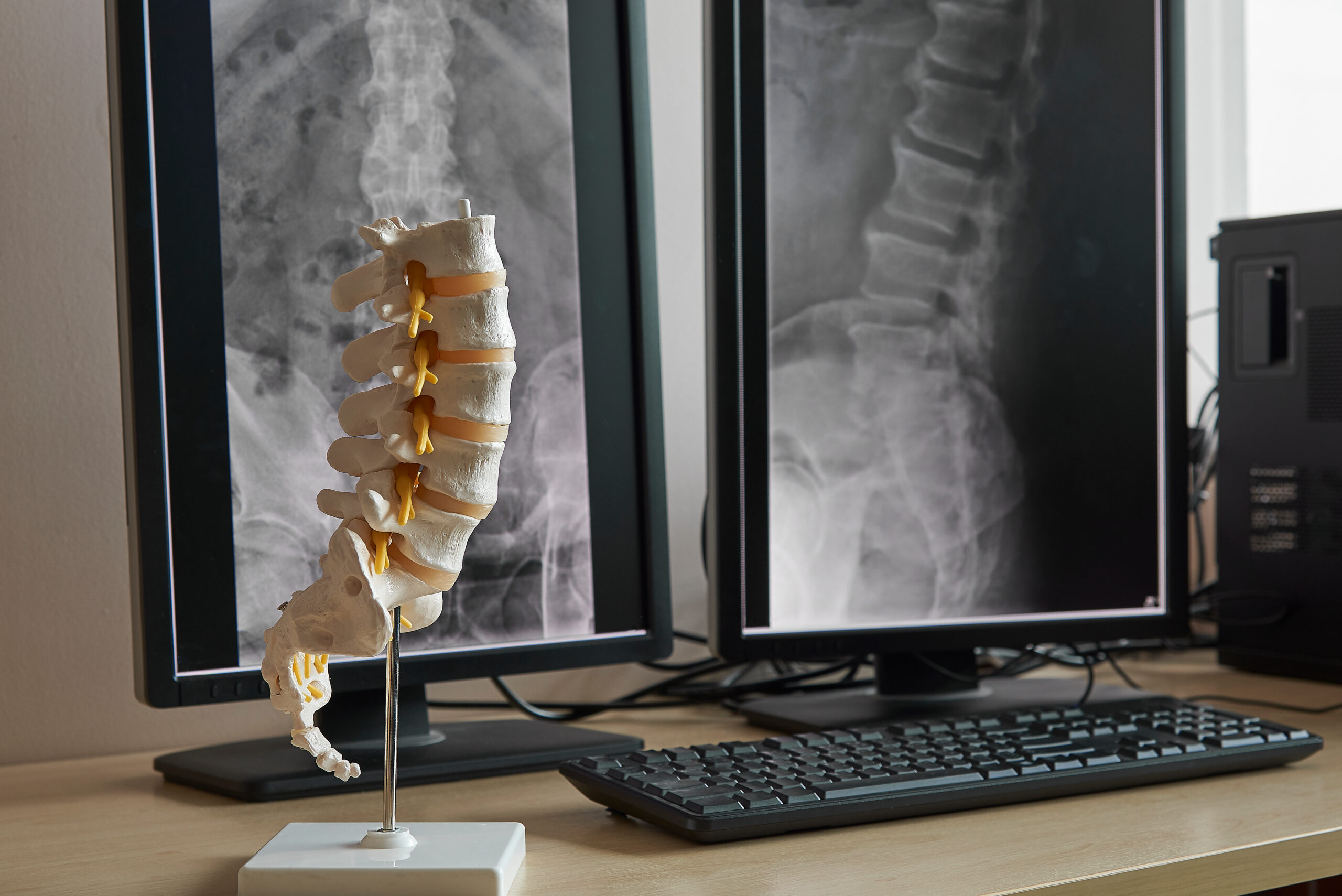Pain is a multifaceted sensation that can significantly impair the quality of life. As medicine has advanced, so too have the methods to manage and treat pain, especially chronic pain stemming from conditions such as lumbar spinal stenosis. One of the emerging minimally invasive techniques that has garnered attention in the recent past is the MILD procedure, an acronym for Minimally Invasive Lumbar Decompression. Pain physicians specializing in interventional treatments often employ this method to provide relief to patients with spinal stenosis. Let’s delve deeper into understanding the MILD procedure and its significance in pain management.
What is Lumbar Spinal Stenosis (LSS)? Lumbar spinal stenosis refers to the narrowing of the spinal canal in the lower back, which can press on the nerves and cause symptoms like pain, numbness, and weakness, often in the legs. This condition is mostly degenerative, predominantly seen in older adults due to wear and tear changes and osteoarthritic alterations.
What is the MILD Procedure? The MILD procedure offers a minimally invasive treatment alternative for LSS patients. Unlike traditional surgeries, which may involve bone and muscle cutting, MILD focuses on removing small pieces of bone and excess ligament tissue that contribute to the stenosis, thus decompressing the neural elements.
Key Features of the MILD Procedure:
- Minimally Invasive: As the name suggests, the procedure is minimally invasive, requiring only tiny incisions, leading to shorter recovery times and lesser post-operative discomfort.Short Procedure Time: Typically, MILD procedures can be completed in less than an hour.Local Anesthesia: Patients are usually awake during the procedure, as it requires only local anesthesia, reducing the risks associated with general anesthesia.Immediate Mobility: Post-procedure, patients can typically walk around immediately and return to normal activities shortly thereafter.
Benefits:
- Safety: The procedure has a low risk of complications due to its minimally invasive nature.Reduced Recovery Time: As compared to traditional surgeries, patients experience quicker recovery times and reduced pain post-operation.Preservation of Structure: Unlike traditional surgeries that may require removal or alteration of significant bone or muscle structures, the MILD procedure focuses on preserving the structural integrity of the spine.Efficacy: Studies have shown a high percentage of patients experience significant pain relief and enhanced mobility post-procedure.
Procedure Steps:
- After administering local anesthesia, the pain physician accesses the spinal canal using fluoroscopic guidance (a type of live X-ray).A specialized tool is then used to remove small portions of excess ligament and bone.Decompression is achieved, relieving pressure from the affected nerves.The tiny incision is closed, often without the need for stitches.
Conclusion: The MILD procedure signifies a shift in the landscape of pain management, particularly for those suffering from lumbar spinal stenosis. The approach aligns with the medical community’s broader move towards minimally invasive techniques, emphasizing patient safety, comfort, and quick recovery. As technology and techniques evolve, it’s likely that we will continue to see more such innovations that challenge the traditional paradigms of treatment and provide efficient, effective solutions for patients. Pain physicians, with their specialized training and focus on interventional treatments, play a pivotal role in advancing this frontier and offering patients a better quality of life.
